Description
Latin Name: Sassafras albidum
Other Common Names: Sassafras
Hardiness Zones: 4-9
Mature Height: Typically reaches 30-60 ft. It possesses a deep taproot (Missouri Botanical Garden) and typically features a flat-topped crown (Virginia Tech University). Establishing this species can be challenging; early spring planting is recommended.
Preferred Soil and Climate: Tolerates a wide range of soil types, including dry, sandy, and clay soils. Thrives best in moist, acidic, well-drained sites. Can grow in full sun or part shade (Missouri Botanical Garden).
Additional Notes: Root suckering is common, transforming the tree into a shrub-like appearance if not managed. Young trees resemble shrubs but mature into dense, pyramidal-shaped trees. In the wild, it forms extensive colonies through root suckers. Showy yellowish-green flowers bloom in spring on branch ends, clustered together. Female trees produce bluish-black berries less than ½ inch wide, each berry atop scarlet-colored receptacles and stalks, maturing by September. Leaves exhibit three shapes: three-lobed, two-lobed (mitten-shaped), and single oval, each 4 to 7 inches (10 to 18 cm) long, bright green on both surfaces (Missouri Botanical Garden). When crushed, leaves emit a fragrant aroma and grow alternately (Virginia Tech University). Fall foliage displays vibrant red and yellow hues. Bark on young trees is smooth brownish-orange, becoming rigid as the tree matures. Wood is light and hard; all parts of the tree are aromatic. The tree’s oil has been historically valued for its distinctive fragrance and medicinal uses by Native Americans, though its use has been restricted by the U.S. Food and Drug Administration (Missouri Botanical Garden).
Common Issues: Generally free of major disease or insect problems. In alkaline soils, leaves may exhibit yellowing while the veins remain green (Missouri Botanical Garden).
Wildlife: Whitetail deer consume branches and leaves, while a variety of mammals and birds eat branches, leaves, and seeds.
Cold Stream Farm supplies White Spruce trees which are grown as bare root seedlings and transplants and sold both wholesale and retail with no minimum order.
Sources:
- Missouri Botanical Garden: Sassafras albidum
- Virginia Tech Dendrology: Sassafras Fact Sheet

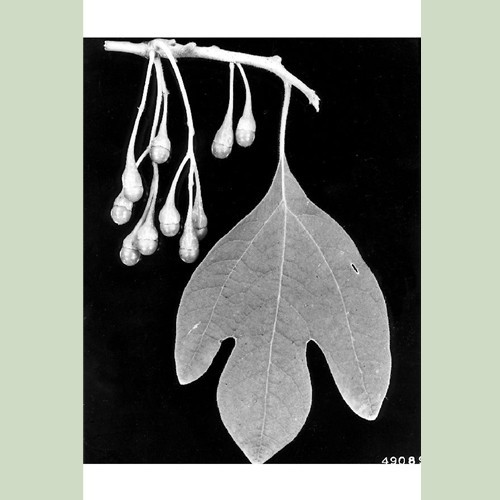
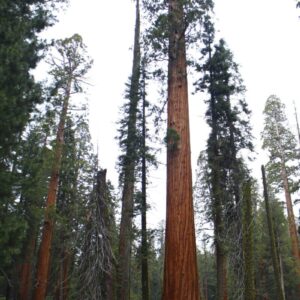
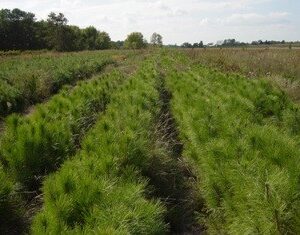
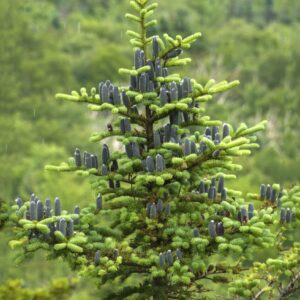
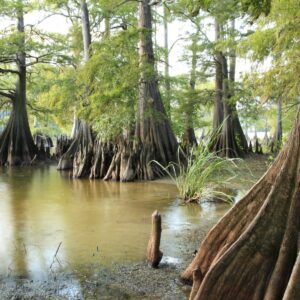
Reviews
There are no reviews yet.